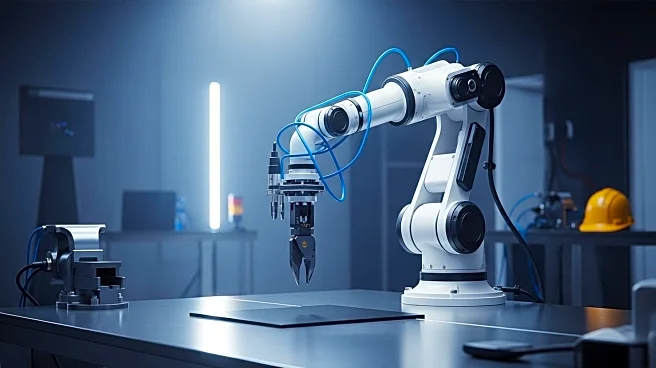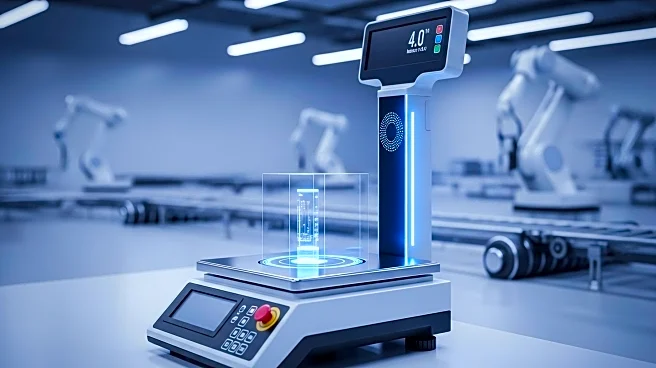What's Happening?
The electrical trade in Australia is evolving with the integration of robo-assisted tools and systems. Level 1 electricians are now required to understand and operate intelligent tools that enhance safety and efficiency in electrical work. These tools include smart torque devices, drones for powerline inspections, and robotic process automation software for monitoring load balance. Electricians must adapt to new responsibilities, learning to program, calibrate, and maintain these systems alongside traditional tasks.
Why It's Important?
The adoption of robo-assisted tools in the electrical trade is crucial for improving safety and productivity. By reducing manual handling and exposure to high-risk environments, these technologies enhance project timelines and reduce physical strain on workers. As Australia's energy grid becomes more complex with distributed energy resources, electricians who embrace these innovations will be better equipped to manage and maintain modern infrastructure.
What's Next?
Training programs for electricians are likely to incorporate modules on robotics, AI basics, and digital twin simulation, ensuring that workers are prepared for the industry's technological advancements. The focus will be on developing a hybrid workforce that can integrate manual labor with automated systems, enhancing overall efficiency and safety in electrical projects.
Beyond the Headlines
The integration of robotics in electrical work raises questions about the balance between human oversight and machine autonomy. Ensuring that electricians are equipped to manage and troubleshoot these systems will be essential for maintaining safety standards. Additionally, the shift may impact labor dynamics, requiring workers to adapt to new roles as supervisors of automated systems.












